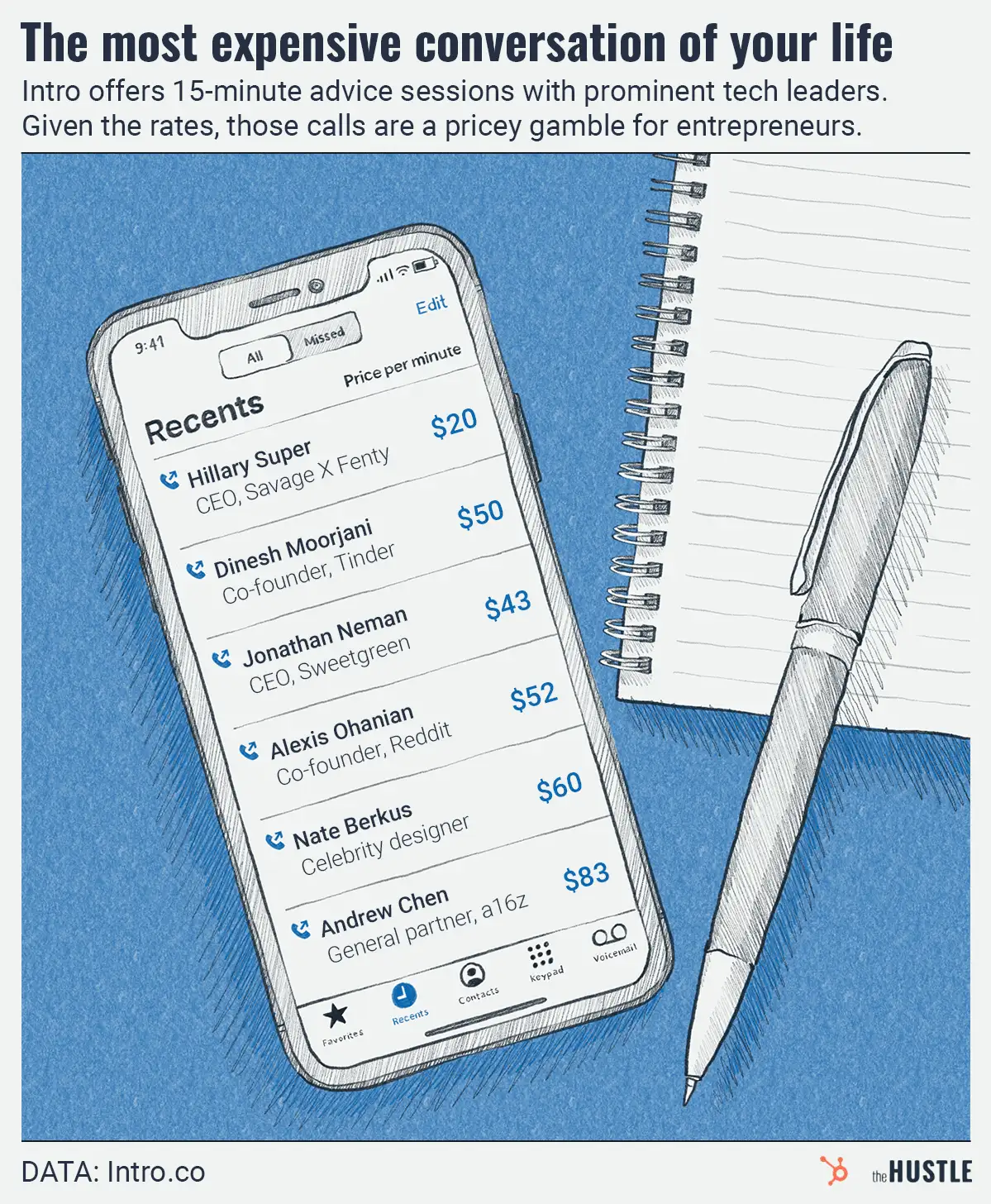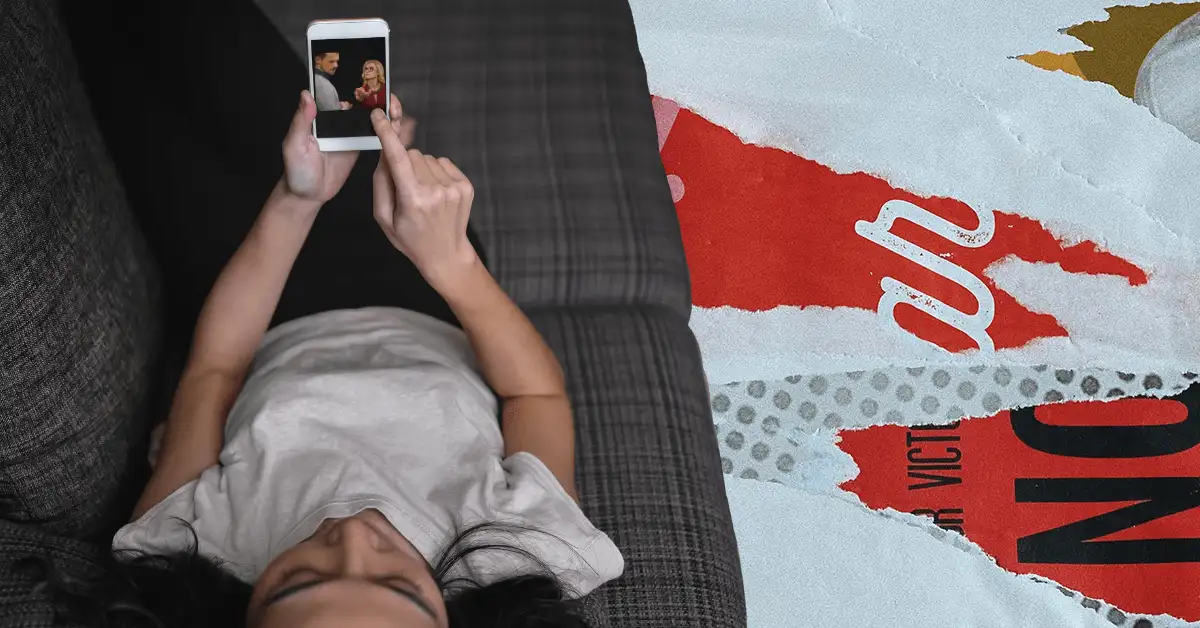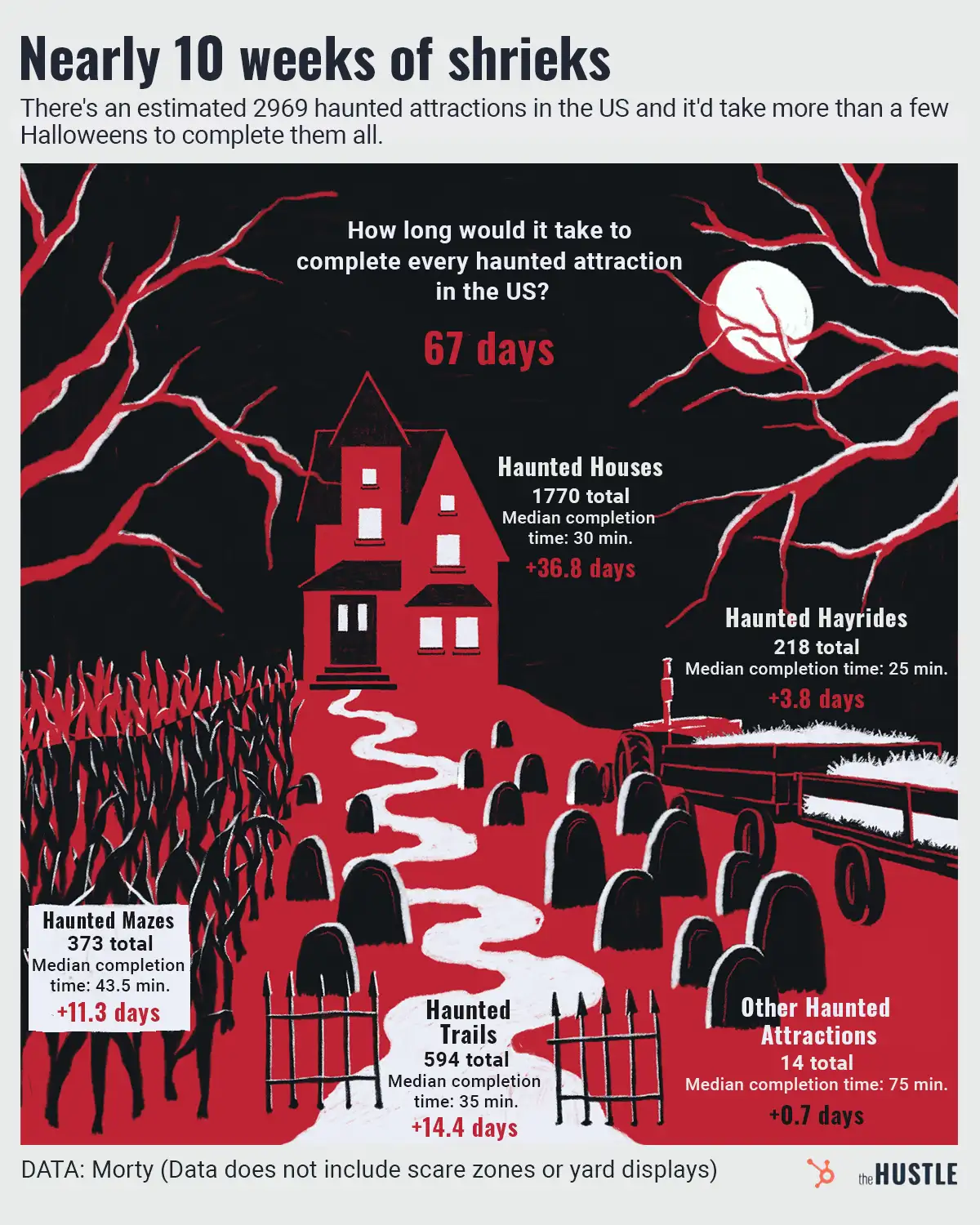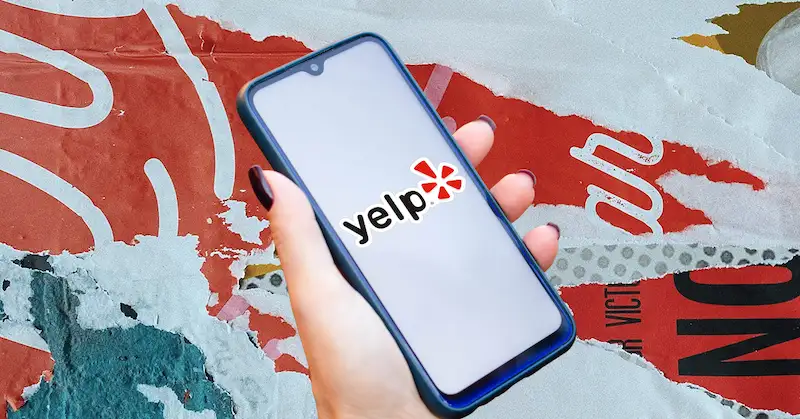Today, 40% of US couples meet online.
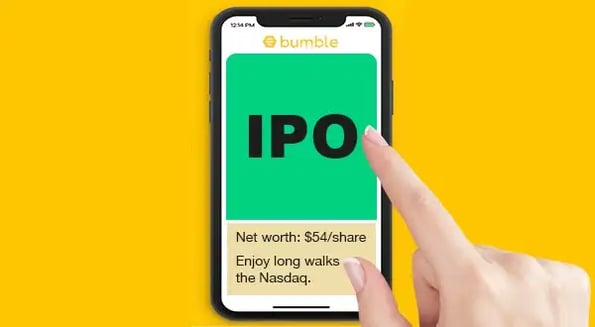
To contextualize how significant that is, in 2020, some 150m messages were sent through the dating app Bumble every day.
Now, those corny opening lines are about to make Whitney Wolfe Herd — Bumble’s founder (and former co-founder of Tinder) — a billionaire: The startup is prepping for a $6B IPO.
Bumble was founded in 2014…
… after Herd left Tinder due to sexual harassment.
She launched Bumble as an antidote to antiquated dating norms (e.g., the man needing to reach out first) and online harassment. On the app, women have 24 hours to make the first move with matches.
The approach has taken off
A review of the company’s pre-IPO S1 filing shows a number of strengths:
- Brand: Bumble has 42m monthly users across 150+ countries, with 80% of new users coming from word-of-mouth.
- Market growth: The online dating market grows 11% annually. Tailwinds include people marrying later, changing cultural norms, and increased mobile phone usage.
- Freemium opportunity: Users are converting to premium products, with sales hitting $417m through the first 9 months of 2020, up 15% YoY.
- Features & UX: Bumble was among the first dating apps to blur unsolicited lewd images and automate photo verifications.
- Tangential products: Bumble has capitalized on its strong brand by launching Bumble Biz (networking) and Bumble BFF (friendships).
The online dating opportunity is big
But one of Bumble’s largest competitors, $42B+ Match Group, owns virtually every big dating app in the US, including Hinge, OkCupid, and Tinder (which has a 54% market share alone).
Match and Bumble have actually been embroiled in lawsuits in the past over trade secrets.
Whatever the app’s long-term fortunes, here are the big winners when the startup goes public (under $BMBL) later this week… just before Valentine’s Day:
- Whitney Wolfe Herd: the 31-year-old founder has a 19% stake.
- Blackstone: the PE giant bought a majority stake from the original cofounder Andrey Andreev at a $3B valuation (it’ll at least double its investment in less than 2 years).
Let’s see if the market is equally a-‘buzz’ with the company.


